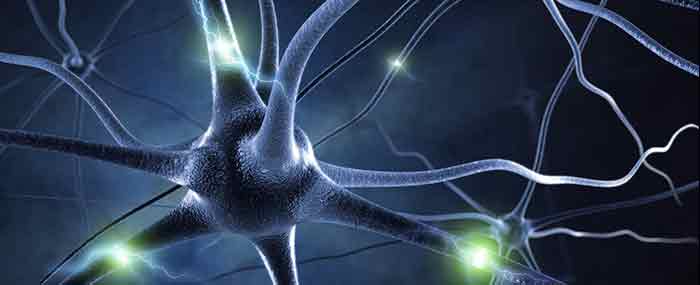An osteopathic physician from Henderson, NV recently asked about the application of neurogenesis to the treatment of addictions.
The back story – we recently held a free teleseminar on The Brain Plasticity and Depression Connection. Thousands of practitioners were on that call from all over the world and a lively discussion of its application.

Turns out, such a revolutionary possibility comes from researchers at UT Southwestern Medical Center where they hypothesized that if we could increase the normally occurring process of making nerve cells, we might help to prevent addiction (Journal of Neuroscience.)
A team of scientists led by Amelia Eisch, PhD found that rats whose neural growth was blocked were more vulnerable to cocaine addiction and relapsing drug use.
In their first study, a sample of rats were subjected to radiation (to reduce neurogenesis) and then given access to cocaine. Turns out the non-radiated rats did not like the cocaine as much as rats in the radiated group.
In their second experiment, rats were first given cocaine after which some of them were administered radiation during a period of abstinence. Now, not only had the non-radiated rats not liked the cocaine as much but they also learned faster in subsequent stages of the experiment.
Dr. Eisch argued it was the decreased neurogenesis that propelled the process of addiction and that the corollary is also true: treatments that increase adult neurogenesis during abstinence might be helpful in preventing relapse.
With this study (which is also elegantly summarized in Science Daily Feb. 27, 2010), we have our first link between neurogenesis and addiction. While further studies are needed, these findings suggest that treatments to encourage neurogenesis may help prevent addiction.
As the research continues, the potential for implementing findings in neurogenesis will be astounding.
More and more, we’re seeing the evidence that shows how mindfulness meditation and physical activity as well as enriched environments can change our brain’s architecture and synaptic firing.
While this is very new, applications for neuroplasticity are not beyond the realm of possibility.
If you find this promising, you might also like our course, Practical Brain Science series.
This research in neuroscience directly affects how we can treat depression, drug addiction, OCD, stroke paralysis and many other conditions. It will change our current practices in medicine.
Come join us.
Thank you so much for looking into the answer for “addiction and neurogenesis”. Looking forward to this evening’s lecture.
Hi, Ruth…
I am delighted with the information that you are offering in your seminars. May I share two practical and related details from my own life and practice?
1. There is a full-spectrum fluorescent lamp which diminishes radiation readings immediately on a thin-window radiation meter. The lamp is KIVA, and the technology involves high Kelvin (5690 K), balanced full spectrum (at least 200-700 nm, or the full range of major minerals in the atomic table), and 92+ CRI (faithful rendition of colors, with the sun at 100 CRI). Adjustments in metals and other components of the lamp cathode and envelope are also part of the KIVA patent.
When a KIVA lamp is turned on, background radiation of 150 cpm in my New Mexico home reduces almost immediately to under 50 cpm, or what I am told is the national US average. Thus, I have lived and worked for some years in a lighting environment that demonstrates significantly reduced radiation levels as compared to the surrounding community. My understanding is that these reduced levels are an effect of spectrum.
2. Within that lighting environment, which I also provide to my addictions clients, I work with mindfulness activities. A variety of such activities involving hand/eye coordination, e.g. electronic gaming, seem to make a difference in both impulse control and cognitive ability for impaired clients. I assume this is a practical outworking of neurogenesis, as your article discusses.
One meth client was recently very forceful in rejecting his addiction (“It’s over”) with a combined environment of KIVA (therapy) and PlayStation 3 (home). It is my understanding that the new PlayStation has greatly increased colors (support for foveal vision) and grayscale (support for peripheral vision). KIVA is known to support both central (photopic or color) and peripheral (scotopic or grayscale) vision. The change in this client was week to week as he trained daily. Actually, he also seemed a little surprised at the quick change in himself.
What I have shared are observations, and the study you have cited is precise. Still, I remain in awe of the potential for addictions, TBI, and other neuropsychological disorders when optimum physical environment, mindfulness, and neurogenesis are joined with therapy.
Gail Hanscom, LMHC
Hi Helen, just want to make sure you know about Jean Kristeller’s work on mindful eating. They’ve got several NIH grants to research it.
Ruth
Thank you, Ruth, for bringing this exciting information to our notice. For a number of years I have been working in the field of eating disorders which have significant addictive and compulsive components, often very resistant to treatment. I am convinced that mindfulness based approaches will be used more and more in this field and that the kind of research that NICABM is sharing with us all will contribute in ways we cannot yet imagine to the alleviation of much suffering.